Attractions
Search for interesting attractions by type and / or area or by keyword, end by pressing "Show results"
44 Search results, page 2/3
Clear filters-
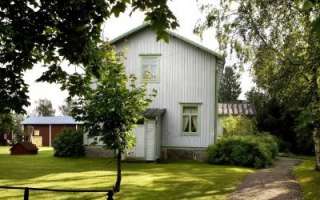
The vicarage dating back to the 1830s has been preserved in the style of the early 20th century. The elegant rooms have been furnished with furniture typical for the period and for vicarages, and the garden creates a park-like atmosphere.
In the Vicarage Museum the visitor gets to see, how an Ostrobothnian ministerial family lived at the end of the 19th century. The Vicarage Museum is one of the two of this kind of special museums in Finland. The interior represents a ministerial home of the period with its original tile stoves from the 1890s. The walls have been papered with newly printed wallpapers modeled on the old Korsnäs patterns.
http://www.museiportalosterbotten.fi/museum-a-o-en/museum/77-korsnas-vicarage-museum
-
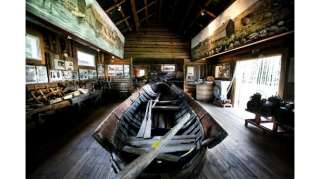
Kvarken Boat Museum is one of the largest boat museums in the Nordic countries. The collection contains 96 traditional (wooden) boats (1850-1993) of different types for varying uses. The boats originate from the province of Ostrobothnia. Besides the boats, exhibited are also tools and equipment used in the region for fishing and hunting. Fisherman’s cottage. Exhibitions.
The museum is situated in Åminne in a culture-historically valuable coastal surroundings in Malax.+358 6 365 1933
https://www.museiportalosterbotten.fi/museum-a-o-en/museum/75-kvarken-boat-museum
-
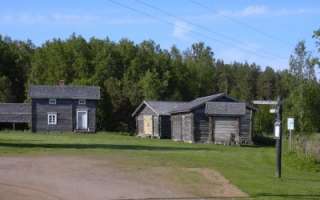
The Laihia Museum and the Museum of Stinginess are a versatile travel destination for the whole family. The objects and buildings in the museum tell the tale of a typical Ostrobothnian estate of the late 19th century. The famous stinginess of the people of Laihia is represented with worn-out items, with a twinkle in the eye.
The Laihia Museum is situated in the Rapila House built in 1827. The building is on its original site, but the museum was relocated there in the 1970s. Rapila used to be a wealthy estate; the walls were for instance painted and decorated with floral patterns.
In the museum are over 5 000 artefacts and 16 buildings, the oldest one of them a grain barn from the year 1731. The objects date back to the 18th and 19th century. One of the oldest items in the museum is a bridal bench with the year “1683” carved in its back. There are also displayed grave heaps discovered in Laihia and for instance ancient findings dating back to the Iron Age. On view in the attic are tools and textiles, for example pieces of clothing from the wartime.
+358 40 501 8521
-
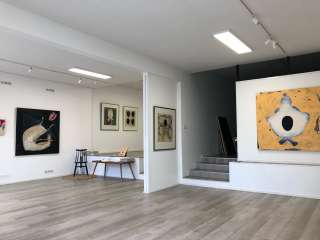
Makers’ Gallery is a contemporary art gallery founded in Vaasa in 2020. Our first exhibition opened on September 1, 2020. The gallery shows both Finnish and international visual art. We are constantly looking for new artists from Ostrobothnia and throughout Finland. We collaborate with the artist residence Vanha Paukku in Lapua, and also organize an annual exhibition that is curated by a well-known cultural figure.
We also organize other activities in the gallery, such as croquis drawing and other cultural events. The gallery space can be rented for various events.
+358 6 723 4298
galleria@makersgallery.fi
-
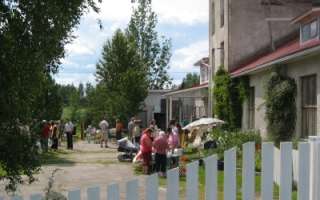
The Art Factory is an independent production-house that focuses on the realization of ideas and where artists from different disciplines can gather, create and share their ideas and works. Malakta is a space that offers facilities to artists in different fields and as production company initiates innovative projects and productions.
+358 50 587 5674
-
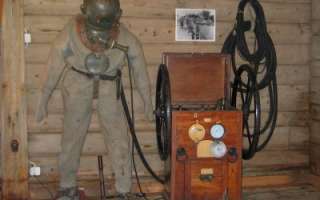
Vaasa used to be an important shipping company and maritime city. In the Vaasa Maritime Museum are displayed local maritime traditions from the shipbuilding of the 19th century to the present day luxury yachts. Various fascinating objects, scale models, shipwrecks and photographs give a glimpse of the life of old time seafarers.
The Vaasa Maritime Museum is located on the shore of the Palosaari strait. The strait was for over 150 years the outport of Vaasa and the centre of shipbuilding. In the 19th century and early 20th century the shore was bordered with the shops and magazines of traders, and the museum is situated in one of these old salt magazines. Ship-owner Wolff had a salt magazine constructed in the middle of the 19th century and the building has been well preserved thanks to the conserving effect of salt. There are four original harbour magazines on the area altogether, one of which probably dates back to the late 18th century and has been relocated on the area from Old Vaasa.
+358 50 382 8771, +358 50 575 9489
http://www.museiportalosterbotten.fi/museum-a-o-en/museum/86-maritime-museum-of-vaasa
-
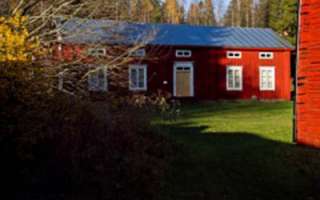
In the Myrbergsgården museum the visitor can get acquainted with the peasant way of life in the old times as well as with one of the finest garment and textile collections in the municipality. In one of the houses across the yard can be seen a unique gathering of beautifully painted church sleighs, which the people of the house used in order to get to the church on Sundays.
The Myrbergsgården museum area in Vörå nowadays consists of around 17 buildings, which have been relocated on the region from different villages in Vörå. In addition to the agrarian house here can be found for instance a functioning smithy and a windmill. To the museum also belongs a loan grain magazine from the year 1753, which is among the three first ones in Ostrobothnia.
The museum’s textile collection is one of the finest in the municipality and it comprises of approximately 6 000 various textiles.
+358 50 468 5542,+358 50 5721827
http://www.museiportalosterbotten.fi/museum-a-o-en/museum/53-myrbergsgarden
-
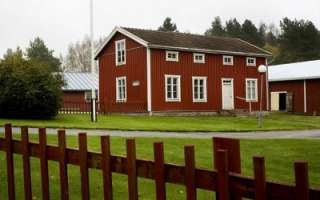
Petalax museum is situated just across from the church of Petalax. The museum is an important part of the traditional buildings that the local historical society owns in the church square. The lower floor of the museum is decorated like an old peasant’s cottage. On the upper floor there are collections of various objects.
petalaxhembygd@gmail.com
-
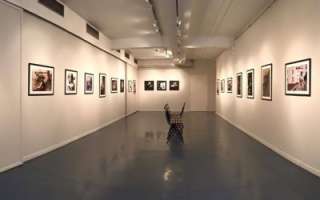
IBIS is the only gallery in Vaasa which is completely concentrated in photo arts.
-
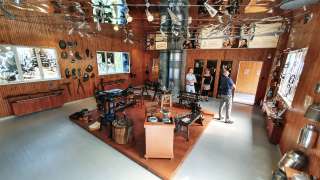
The Vähäkyrö plater tradition reaches far back in history and is widely known in Ostrobothnia. The old artisan traditions come alive in the Plater Museum. Here the visitor gets to see, how and with what kind of tools tin plate artefacts are made. With a little bit of luck, you can also see a genuine plater in his work.
The Vähäkyrö plater tradition extends all the way to the 18th century. The plater craft came to Finland from Germany in the beginning of the 18th century, soon after large tin pits had been discovered in England. In the parish of Vähäkyrö were 35 platers in the 1890s, and a few decades later there were already 100 of them. Most of them were crofters or farm labourers, who were tired of agricultural work. Still in the 1950s at least one railroad car loaded full of plater products left from the Tervajoki station every week.
+358 6 325 8400
yhteispalveluvahakyro@vaasa.fi
http://www.museiportalosterbotten.fi/museum-a-o-en/museum/68-plater-museum
-
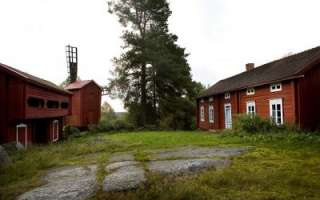
On the Rejpelt Fädernegården the visitor gets an idea about country life at the end of the 19th century. The cabin’s interior, which is typical for the period, offers the framework for exploring local historical items. The girls’ barn with its colourful textiles is also truly worth a visit. In the proximity of the museum is the Munter’s soldier cottage, which is connected to The Tales of Ensign Ståhl.
Fädernegården is a typical Ostrobothnian double cabin, built in 1852. The house was relocated on the area in the 1950s and the museum area has been constructed on the model of a peasant house with its lofts and barns. All of the museum’s buildings originate from Rejpelt, except for the windmill, which has been transferred from Korsnäs.
http://www.museiportalosterbotten.fi/museum-a-o-en/museum/29-rejpelt-fadernegard
-
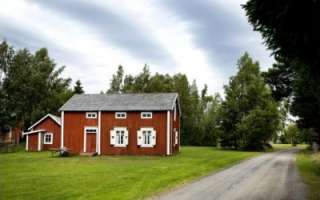
The Replot Local Museum is situated on the Alexandersgatan in the middle of the village of Replot. The museum represents a typical islander farm. In the collections are both utensils and furniture from the 18th and 19th century and handmade clothing for both the young and the old.
replotmuseiforening@gmail.com
http://www.museiportalosterbotten.fi/museum-a-o-en/museum/56-replot-museum
-
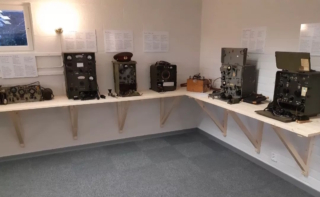
Operation Stella Polaris was a secret operation at the end of the Continuation War, aimed at moving sensitive intelligence material from Finland to Sweden to prevent it from falling into Soviet hands. The operation was based in the small fishing village of Nämpnäs in Närpes, from where the archive was shipped to Swedish ports. In memory of this, a monument in the form of a stone has been erected on Österfjärdsvägen in Nämpnäs.
In Öjskogsparken, there is the Stella Polaris Museum, which is built around the intelligence operation and provides the background and tells the story of Operation Stella Polaris. The museum is partially interactive, and we also display a number of unique radios from that era.
+358 45 231 5282
narpeshembygd@gmail.com
http://narpes.hembygd.webbhuset.fi/sv/besok_oss/stella_polaris/
-
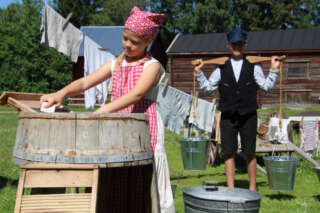
Stundars is a large open-air museum in Solf village, about 15 kilometers south from Vaasa. The museum tells the stories of what life was like for the peasantry, craftsmen and lower social classes on the Swedish-speaking countryside, from Oravais in the north to Pörtom in the south, during the period of 1870-1920. The museum village have about 70 buildings including a country shop, a school, a farmstead, and crofters’ cottages.
Come see where the Ostrobothnian forefathers slept, ate and laughed – how did they really fit in the short bunkbeds? Maybe we’ll have an old-time washing day when you visit, or maybe we’ve made coffee over the fire and you’ll get a cup? Or maybe you’d just like to stroll around the picturesque museum village in your own pace and maybe, just maybe hear the grey timber walls whispering of times gone by…?
The Stundars Open-Air Museum area is open for recreation all year round, but during the summer season the cottages of the museum village are open every day. Outside opeing hours you are free to take a stroll in the open-air museum, but the cottages will be closed.
Stundars’ museum village offers an opportunity to walk through historical landscapes, next to farms, village schools, and crofters’ cabins. Through Stundars it is easy to walk further to the Söderfjärden hiking trail, to explore the former wetlands in the giant meteor crater, as well as climb up the bird-watching tower. The Stundars trail is also a part of the pilgrim’s way St Olav Ostrobothnia. We welcome you to enjoy a walk through dog-friendly Stundars.
On Thursdays during autumn, winter and spring, there are free guided tours and other activities at the museum from 12 to 3 pm, as advertised. You can find a more detailed program in our calendar, and on our Facebook-page and Instagram account. During the Museum-Thursdays, there is free entrance.
+358 6 5709 9000
info@stundars.fi
-
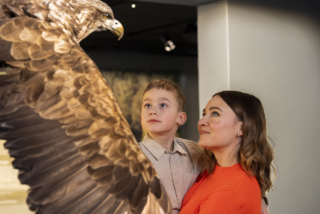
Terranova is the name of the museum’s permanent natural science exhibition. Terranova is Latin for ‘new land’. In the Kvarken region the ´new´ land rises from the sea at a rate of 9 mm per year. Terranova was opened in 2002 in cooperation with the Ostrobothnian Museum, the Finnish Forest and Park Service Metsähallitus and the Ostrobothnia Australis Association.
Terranova presents nature in the Kvarken and Vaasa region from the Ice Age until the present day. Visitors can wonder at the land uplift phenomenon and its consequences, admire the beautiful Kvarken Archipelago and its fauna with all their senses.
Terranova is also privileged to present a unique natural heritage site: The Kvarken Archipelago was entered in UNESCO’s World Heritage List in 2006 – the only natural site in Finland to be included so far. Together with the High Coast of Sweden, it forms a natural heritage site. The area was given the status of world heritage because post-glacial rebound is more visible here than anywhere else in the world. More information about the High Coast and the Kvarken Archipelago World Heritage is available at www.merenkurkku.fi and www.naturumhogakusten.se.
+358 40 865 1933
museoinfo@vaasa.fi
-
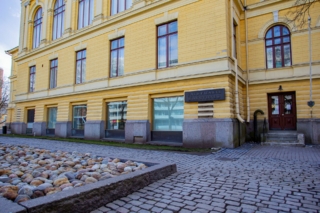
Vasa Art Hall and Gallery is a non-commercial art gallery maintained by the Vaasa Artists’ Guild.
The gallery is located in the Vaasa City Hall (entrance from Raastuvankatu) right in the center of Vaasa. The gallery exhibits contemporary art in solo and group exhibitions, featuring both domestic and foreign artists.
The hall is divided into three parts. The large hall hosts exhibitions lasting 8 weeks, while the small gallery changes its exhibition every month. The third space functions as an art library. Adjacent to this, there is also a fourth space where the IBIS Photo Gallery holds its exhibitions.
+358 40 679 3771
info@vaasantaiteilijaseura.fi
-
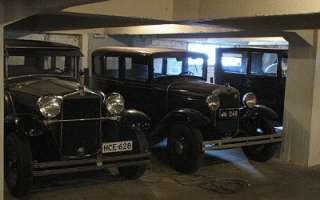
In the Vaasa Car and Engine Museum are displayed vehicles from each decade of the 20th century. Come and get acquainted with the widest collection of old and a little newer cars in Vaasa. On display are also a wide selection of products from engine factories in Vaasa as well as some theme exhibitions.
The Vaasa Car and Engine Museum opened its doors in 1981. There are motors and cars in the museum all the way from the beginning of the 20th century to the present day. The history of traffic and vehicles is displayed in the museum with the help of renovated cars and other vehicles. Among these can be mentioned the horse-drawn ambulance dating back to 1909.
There are also several fire trucks and other fire fighting equipment on view, and let’s not forget the bicycle. The vast collection of bicycles in the museum offers the visitor the possibility to get acquainted with the trajectory of this vehicle. In addition there are some soapbox cars, snowmobiles, motorcycles and mopeds in the collection.
+358 44 569 2690
vvasry@gmail.com
-
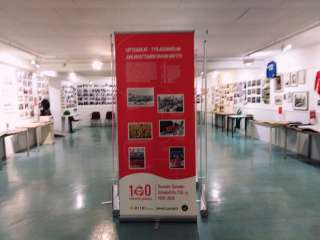
Vaasa Museum of Labour opened in 1991. In addition to the permanent exhibitions, the museum arranges special exhibitions on a particular theme twice a year. The main purpose of the museum is to develop it into a diverse information centre for working class traditions. The museum also provides tailor made study visits for schools.
+358 6 321 5805
vaasan.tyovaenmuseo@netikka.fi
https://www.museiportalosterbotten.fi/museum-a-o-en/museum/64-vaasa-museum-of-labour
-
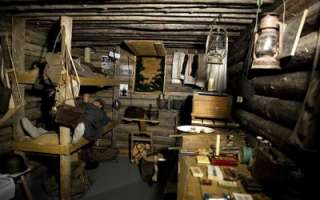
In the exhibition you can familiarize yourself with Finland’s war history all the way from the time of the Russian rule to the end of the Lapland war.
In addition to the basic exhibition the Vaasa War Veteran Museum annually organizes one or two special exhibitions. The museum’s permanent exhibition displays with numerous items soldier and war history from the last two centuries.
+358 6 312 9894
http://www.museiportalosterbotten.fi/museum-a-o-en/museum/91-vaasa-war-veteran-museum
-
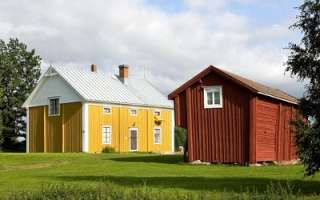
The Verner Rasmus Museum is an exceptional museum with a unique collection of porcelain artefacts. The museum is a versatile visiting destination with its fascinating combination of peasant furniture, agriculture equipment and books.
Verner Rasmus was a peasant, who lived in Vörå during the years 1901-1988. He dwelled on his homestead Arvidsgården together with his three siblings, Viktor, Arvid and Aina. The main building of Arvidsgården dates back to 1913. Verner lived in Vörå all his life except for the few years (1927-1931) he spent in Canada. He made his living by farming, but he was also an amateur musician, tinkerer, painter and collector.
http://www.museiportalosterbotten.fi/museum-a-o-en/museum/54-verner-rasmus-museum
